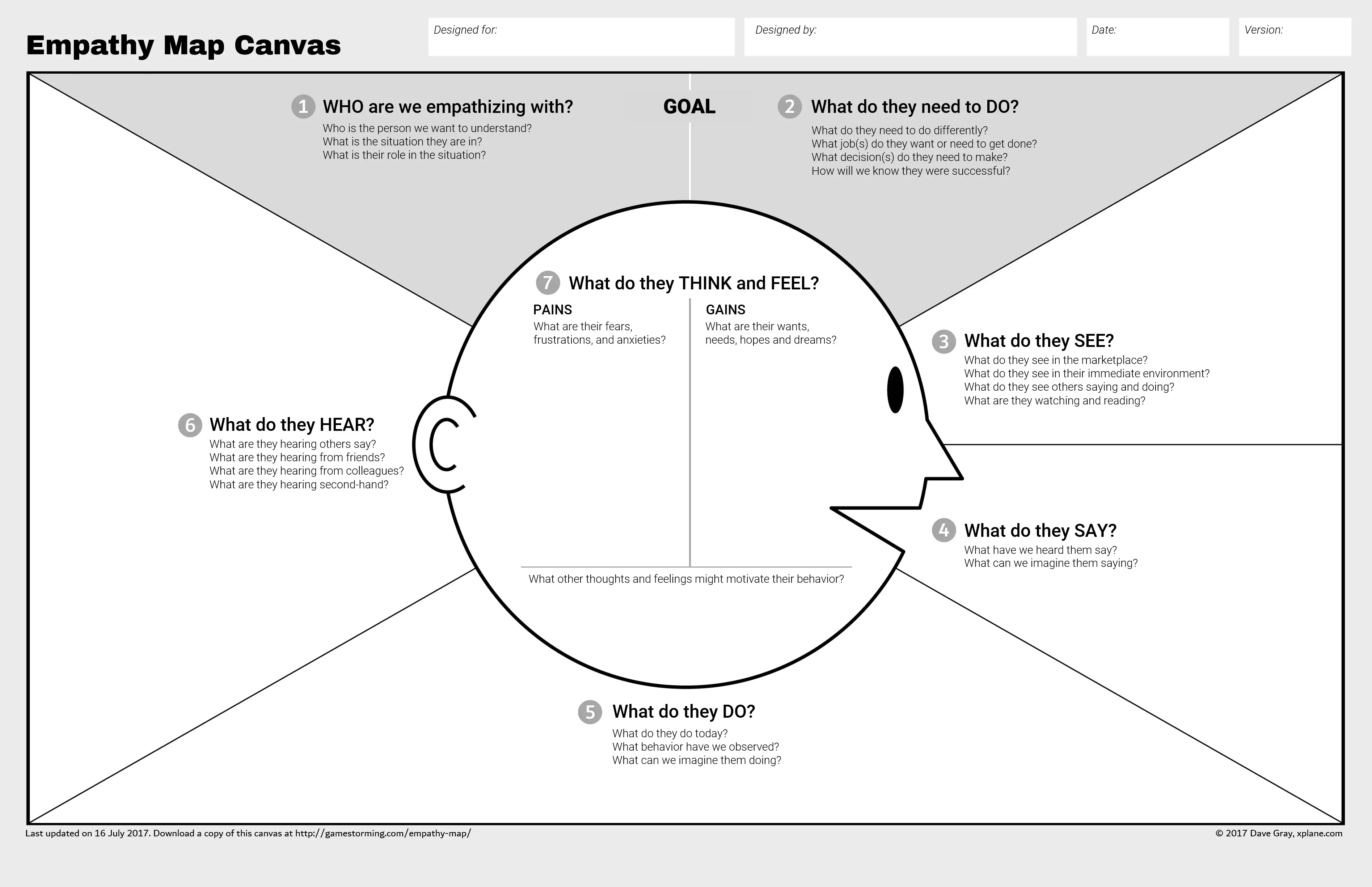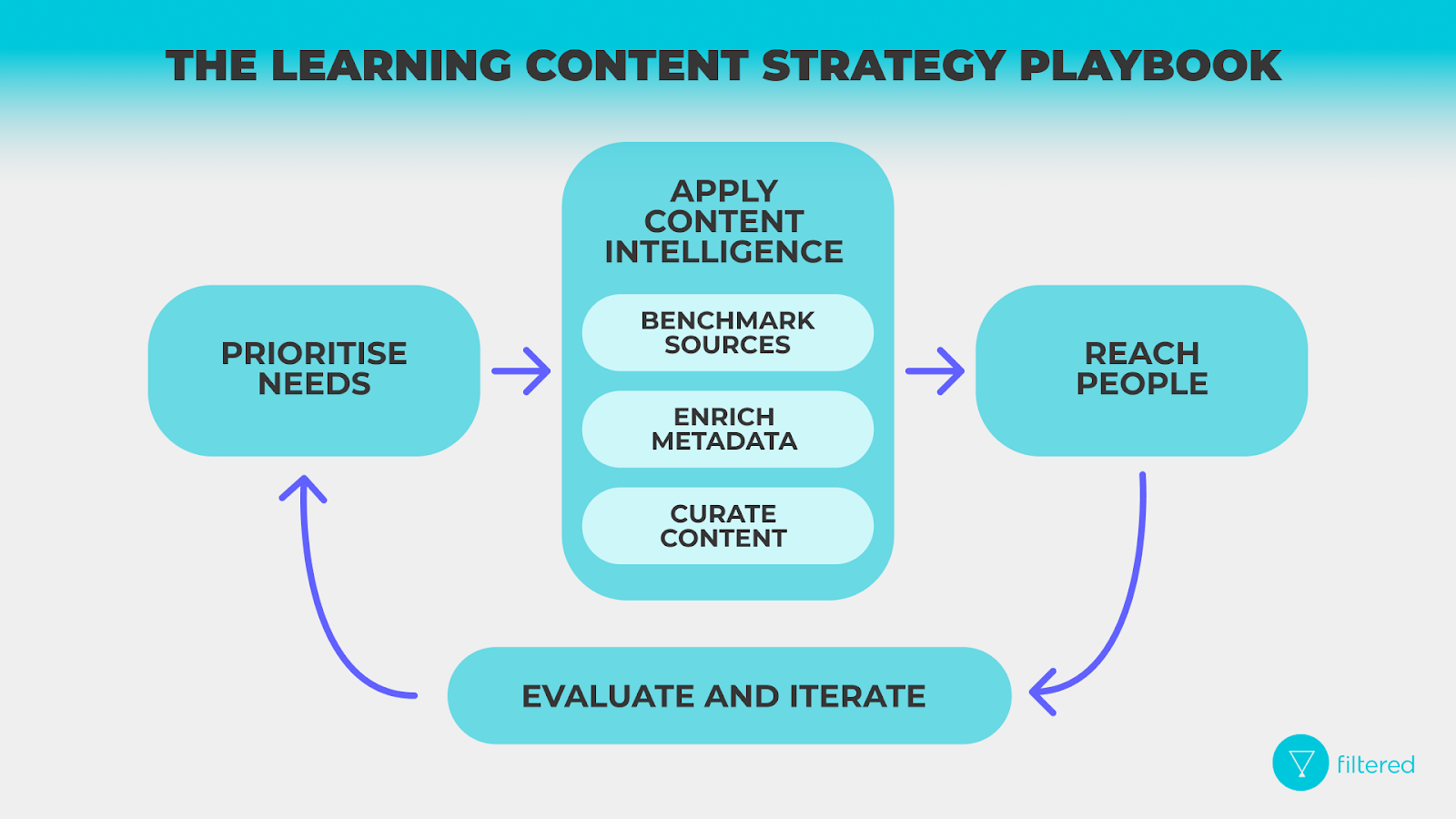What could L&D professionals learn from toddlers and detectives?
Asking questions.
What’s so important about asking questions?
We do it every day, and therefore, we take it for granted.
This pivotal skill enables effective data-gathering and in turn, leads to better decision-making.
In other words, smart questions → smarter decisions.
Additionally, asking questions unlocks learning and interpersonal bonding. Learning only happens when your people are doing it - so asking the right questions to build relationships with stakeholders should be a no-brainer in your L&D toolkit.
The only stupid question is the one that isn’t asked. But it would save everyone a lot of time to ask the right questions.
You'll find below an in-depth guide covering different techniques and frameworks to ask the right questions. Feel free to stop for a quick break whenever you see a coffee cup (☕)
You can even skip ahead to any of the sections below:
- What's the goal of your questions?
- Frameworks for asking the right questions
- Asking the right questions in learning content strategy
Let’s dive into different questioning techniques…

What’s the goal of your questions?
We ask questions for different reasons, each with a different approach.
In ‘Relearning the Art of Asking Questions’, Pohlmann and Thomas helpfully categorise types of questions into 4 quadrants divided by the view of the problem (wide and narrow), and the question's intent (affirming and discovering).

- Clarifying questions can help uncover the real intent behind what is said and lead to relevant follow-up questions, e.g. "Can you tell me more?"
- Adjoining questions can be used to explore related aspects of a problem, allowing for a broader understanding of the issue at hand, e.g. "How else could we use this tech to serve our team?"
- Funnelling questions are used to understand the reasoning behind an answer or decision and to challenge assumptions, by asking more specific questions to narrow down the scope of the inquiry, e.g. "How did you come to this conclusion?"
- Elevating questions help us to gain a better understanding of a problem by looking at it from a broader perspective, uncovering connections between individual issues and zooming out to see the larger context, e.g. "Are we even asking the right questions?"
Keep this 2x2 grid in mind when coming across common L&D use cases.
Asking questions to learn
In L&D, it’s no surprise that learning should come up a lot. It’s kind of in the job title. You may be learning just enough from subject matter experts (SMEs) to understand how best to deliver an offering, or new methodologies, or even the newly rolled-out company strategy.
Whatever learning you may be doing, be mindful of the specificity required:
- Good question - What strategies can we use to improve our performance?
- Better question - How can we ensure employees are engaged and motivated to reach their performance goals?
Also in learning, the Socratic method of questioning is old trusty within the teaching profession - asking funnelling questions to unpeel layers of reasoning. It’s normally practised between teacher and student but can easily be used individually to think about your thinking or metacognition.
.gif?width=300&height=192&name=giphy_(1).gif) How many layers of thinking do we need to do exactly?
How many layers of thinking do we need to do exactly?
Asking to gain perspective
Getting into the heads of stakeholders and learners makes up a sizeable chunk of the L&D remit. There will always be unknowns - the questions you ask should shine a light on your knowledge and experience gaps:
- What do you think would make your job more enjoyable?
- What motivates you to do your best work?
- What do you think the organisation could do to increase employee engagement?
Another aspect of gaining perspective is asking for self-reflection. Asking the right open-ended questions can lead to examining past events from a different point of view and lead to better decision-making.
For example:
- What did I learn from this experience?
- How can I build on my strengths to be more productive?
- What could I have done differently to achieve a better result?
Note: It’s important to ask questions that aren’t influenced by biases. One essential technique for combatting bias is to acknowledge them. You can find a handy list of cognitive biases here.
Asking to promote discussion
This is about gathering as much information from as many different sources as possible and identifying areas of agreement or disagreement.
Avoid leading questions that suggest a particular answer when asking questions to promote discussion. Instead, focus on questions that invite people to share their opinions and experiences.
| Do this ✅ | Not this ❌ |
|---|---|
| What challenges have you faced in the process of learning and development? | Don’t you think it’s important to have a clear learning and development strategy? |
| How have you seen learning and development initiatives develop over time? | Wouldn’t it be better if we invested in more technology-based learning and development? |
| What strategies do you think would be most effective for learning and development in the company? | Shouldn’t we focus more on long-term learning and development initiatives? |
It can also be helpful to ask clarifying questions that require people to explain their thought processes. This will provide insight into the underlying motivations and values of those involved in the discussion, i.e., How did you come to this conclusion? Can you tell me more about the reasoning behind your choice? How did you arrive at this idea?
Be mindful of creating an environment where everyone feels comfortable expressing their ideas and opinions. Enabling psychological safety doesn’t just lead to more productive conversations and better decision-making but will also help you and your team develop stronger connections, innovate and execute tasks.
Asking to lead to a predefined conclusion
Also known as rhetorical questions, normally used to persuade rather than get a truthful answer.
These are normally used by copywriters (Got milk?), speechwriters (Can anyone look at the record of this Administration and say, 'Well done'?) and annoyed family members (What time do you call this?). We wouldn’t recommend stocking this in your L&D toolkit.
In the L&D context, asking to gain perspective, promote discussion and above all to learn should be the main techniques to assemble the most accurate picture of your organisation’s needs and how to address them.
☕
Frameworks for asking the right questions
Start with why
Simon Sinek's "Start With Why" is an approach to decision-making that focuses on the purpose and values of an organisation. The idea is to start with the "why" behind an action before diving into the details of "how" and "what".
Sinek says that people don't buy what you do but why you do it. They’ll be motivated and inspired by the values and mission of a person or an organisation than by their offerings.
The "Start With Why" approach can be applied in any situation or context. It is useful for making decisions in business, leadership, and life. It can help to guide individuals and teams to make decisions that are in line with their values and long-term goals.
Michelle Parry-Slater makes a strong case for starting with why in The Learning and Development Handbook:
“With any situation, I always start by asking why - why are we doing this?
Why learning? Why now? What is the problem that needs to be solved? As an L&D practitioner, you should always ask this, because if you can identify the business problem that needs to be solved it becomes so much easier to identify what learning needs to happen, and how you will know that the learning has both happened and made a difference. Asking why enables you to identify who the audience is and how you will engage with them to facilitate their learning in a way that meets their needs. It's important to remember that each person needs a differentiated experience to suit their personal needs.”
The 5 Whys
The 5 Whys framework is a simple problem-solving method that helps uncover the root cause of a problem by repeatedly asking "why". It is often used in business improvement processes to identify and solve problems.
The process involves asking "why" five times, with each answer forming the basis of the next question. This helps to dig deeper into the issue, uncovering the underlying problem. Parents of small children may also be very familiar with this line of questioning.
 This guy gets it
This guy gets it
Here’s an example of how to carry out this exercise,if you have identified a problem with employee engagement.
- "Why do employees feel disengaged?"
- "Because they don't feel supported in their learning and development."
- "Why don't they feel supported in their learning and development?"
- "Because there is no clear roadmap for what they need to learn and how to do it."
- "Why is there no clear roadmap for what they need to learn and how to do it?"
- "Because the organisation lacks a learning content strategy."
- "Why does the organisation lack a learning content strategy?"
- "Because the organisation has not identified their learning and development needs."
- "Why has the organisation not identified their learning and development needs?"
- "Because the organisation has not conducted stakeholder interviews to understand their employees' needs."
Once the root cause has been identified, it is then possible to work on developing a solution.
Six Thinking Hats
Six Thinking Hats is a problem-solving technique developed by Edward de Bono. It is a framework for looking at decisions from different perspectives, in order to help people think more effectively.
The technique is based on the idea that the human brain can think in six different ways:
- White Hat: This hat focuses on facts and figures, looking at the data available.
- Red Hat: This hat looks at the emotional side of the situation. It is used to consider feelings and intuition.
- Black Hat: This hat looks at the negatives and the risks associated with an idea. It is used to identify potential problems.
- Yellow Hat: This hat looks at the positives associated with an idea. It is used to identify the benefits of a particular decision.
- Green Hat: This hat looks at creative solutions. It encourages people to think outside the box and develop innovative ideas.
- Blue Hat: This hat is used to oversee the other hats. It is used to manage the process, ensuring it is structured and efficient.
You can wear the metaphorical hats to ask questions individually or as a team to tackle problems from different viewpoints. Physical different-coloured hats are not needed, although it is very impressive if you can find the same hat in all six colours.
Empathy mapping

Empathy mapping is a method of understanding the needs, values, and beliefs of your users by creating a visual representation of their experiences. It involves creating a diagram that includes sections for what users say, think, do, and feel.
The questions in each section help to focus on the context of the user's experience and how they interact with your product or service.
In L&D, this framework can help you build your learner personas in a structured way. Any questions you feel unequipped to answer are a sign that you need to do more research around your target persona.
The above questioning techniques and frameworks can all be used for a robust learning content strategy to combat content chaos.
☕
Asking the right questions in learning content strategy
In our full Learning Content Strategy Playbook, asking the right questions is critical.
To repeat what we’ve said up top:
Smart questions → Smarter decisions.
and strategy is all about making the right decisions.

Prioritise needs
Treat this stage as triage for your learning content. The goal is to have a complete understanding of the situation so you can set and validate your goals, and create a plan for how to get there.
The questions involved are both to learn and to gain perspective:
- What's the big issue? Is it data, skills, time, employee experience, or ROI?
- How is L&D viewed in the organisation?
- Are you able to use data to win arguments in the business today?
The answers to these questions can be subjective and difficult to find on your own. You can use a technique like the Six Thinking Hats to assist your process or interview relevant stakeholders.
You can also gather people within the organisation closest to different facets of your learning systems and ask the right questions.
By doing this, you’ll highlight the various opportunities and threats to address from different points of view.
Read the full guide with the questions to ask and how to conduct the process with your team.
Apply Content Intelligence
This is an umbrella term for data-led practices that include Benchmarking sources, Enriching metadata and Curating content. Here are some examples of the right questions for each of these practices:
- Benchmark sources - two big questions to avoid bottlenecks:
- What is your skills taxonomy, and has it been agreed upon by stakeholders?
- What is the state of your content metadata, and how complete is it?
- Enrich metadata
- How well is your learning content tagged?
- How are you measuring search success and quality?
- Curate content
- Who are the pathways for?
- Which mix of modalities is right for your audience?
You’ll notice that the questions in this section are digging into the nitty-gritty, requiring technical knowledge of your systems and deeper data about your people’s learning engagement metrics.
Finding the right support to answer these questions to the best of your ability will be vital. Should you want expert help, we’re available for a Content Clinic.
Read the complete guide to applying Content Intelligence here >
Reach people
Even the most well-tagged and structured learning content won’t do much good sitting idly in a content library. You need to reach people with it.
The questions to be asked in this section are all about your target learners. Who are they, what are their motivations, where do they spend time, and what urgent problems do they face?
Empathy mapping can be a good tool for getting inside your learners’ heads and implementing an effective distribution strategy.
Evaluate and iterate
This is perhaps the most crucial stage to ask the right questions mindfully and honestly.
Conduct a retrospective with the people who were involved in implementing the strategy to understand:
- Did we achieve our goals?
- What should we start, stop and continue?
Note: Depending on the data available, it’s essential to conclude how sure you can be of your measurements. To make fearless data-driven decisions, you must know what you don’t know.
Consider this a mirror of the Prioritise needs session where you honed in on target areas to address. Did you address these target areas?
You can use frameworks like the 5 Whys to get to the crux of how and why the execution of your strategy transpired. After gathering the data, you can iterate upon your strategy and create a virtuous cycle.
|
TL;DR - Asking the right questions is essential for creating an effective Learning and Development (L&D) strategy. Different frameworks like Start with Why, The 5 Whys and Six Thinking Hats can be used to gain perspective, promote discussion and identify learning needs. Additionally, tools like Empathy Mapping can help to visualise the user journey and understand the needs of your target learners. Following these steps will help to create a robust learning content strategy and combat content chaos. |
We hope you found this useful - and if you needed further clarity…
.gif?width=300&height=167&name=giphy%20(2).gif) If you want to make sure you’re asking the right questions about your learning content, we can help. Book a 30-minute Content Clinic now.
If you want to make sure you’re asking the right questions about your learning content, we can help. Book a 30-minute Content Clinic now.
Big thanks to the newest member of our team, Tom Stanley, for contributing to this piece.

